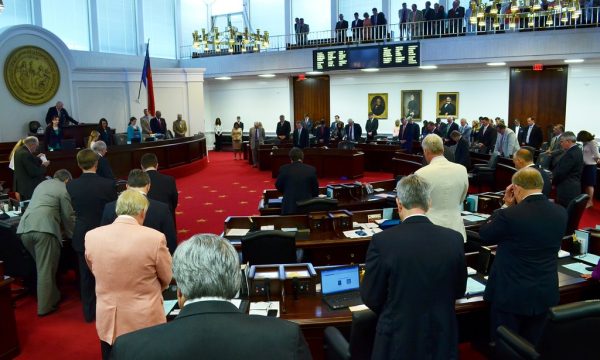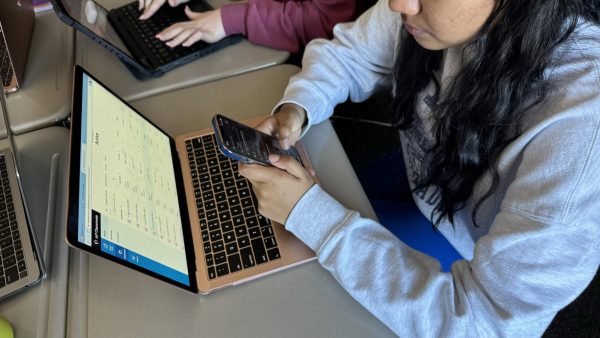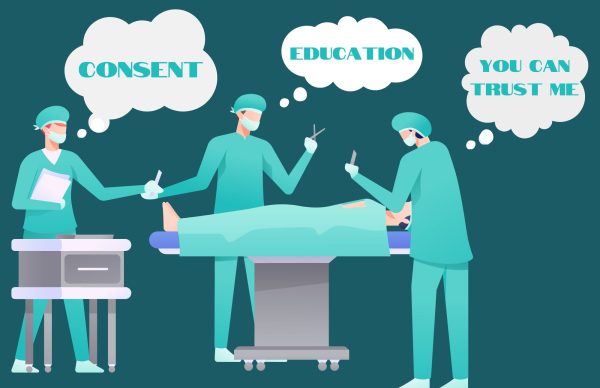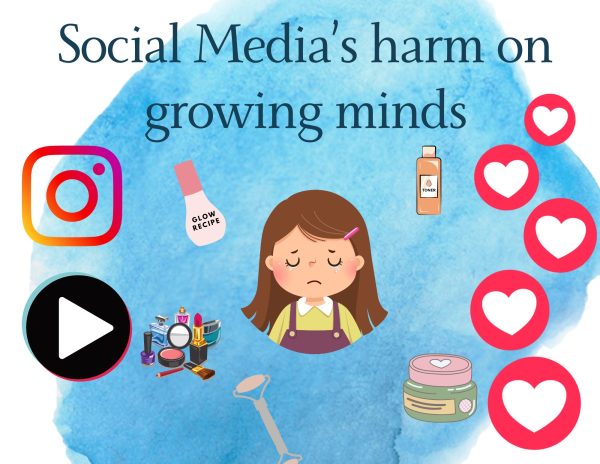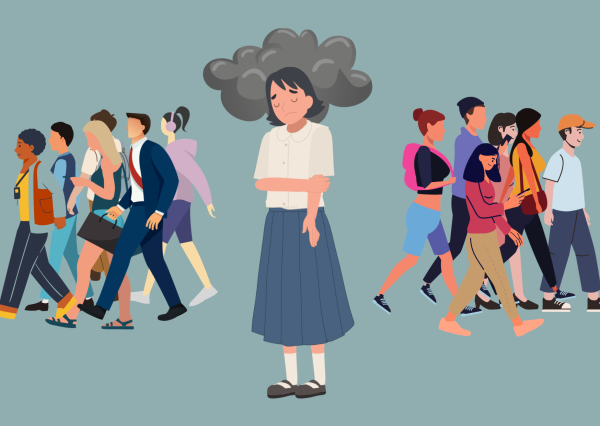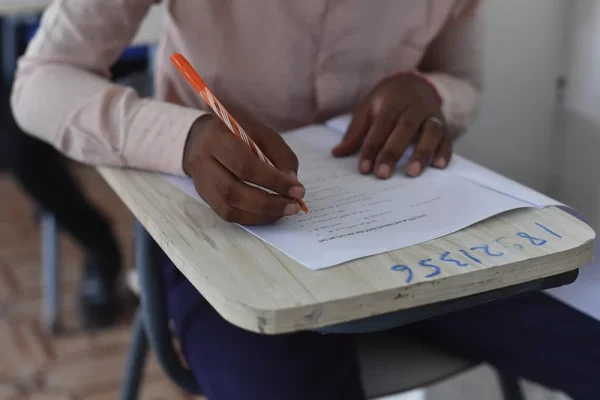The American education system as seen by an outsider
As an exchange student from Italy, I had the chance to experiment two high schools on two different continents. My time in America has allowed me to recognize what students need to know and what is missing in their education.
America gives its high school students the chance to pick elective classes that discuss specific topics not ordinarily studied in mandatory classes. Although this can be productive to deepen certain curiosities, it can also create significant lacks in other topics that are more relevant in forming a person’s elementary knowledge.
The first few days of school, I was overwhelmed by questions regarding the geography of Italy and Europe. Sadly, I found out that American students have a consistent lack of knowledge in world geography. The world’s biggest problems, as well as the economy, are correlated with geographic characteristics. With that being said, numerous jobs require that employees are familiar with geography and history.
Additionally, high school students are unprepared on basic knowledge about history before the discovery of America. World History is a required course freshmen year, but a semester is not enough to fully teach and explain all the facts that accumulated over thousands of years of history. Kids do not see benefits in knowing the reasons behind wars, acts, and agreements and do not understand how those facts still have an influence on today’s actions.
A difference that I noticed between European and American students is the interest in learning and having good grades. European students are used to studying hard, spending their afternoon working on homework and tests, and they do the best they can to maintain good grades. A good percent of American students show a lack of interest in learning more than what is mandatory and are not challenged enough to break out of their own comfort zone. Moreover, they are not prepared to work hard, thus they will probably be unable to handle their courses at the college level.
There is also a significant gap between honors students and academic students in high school. This division starts in elementary school, when some students have the opportunity to attend AG (academically gifted) classes for 45 minutes per week in math or language arts. The division continues in middle school and widens in high school when honors students can decide to attend AP classes, while academic students are not interested or stimulated enough to attend higher level classes than what is required to graduate.
After graduating from high school, students should be ready to attend and follow college classes, but a 2o10 statistic published by OECD (Organization for Economic Cooperation and Development) shows that only 46 percent of American students finish college. Additionally, according to Alliance for Excellent Education, two-thirds of college professors do not consider that what is taught in high school prepares students for college.
Despite the signing of the No Child Left Behind Act in 2001, according to Education Secretary Arne Duncan, high school seniors’ achievement in reading and math is not rising fast enough to prepare them to succeed throughout college and in their careers.(abcnews.go.com)
The government has implemented several reform programs in order to bridge the gap between underachieving students and honors students, but nothing has led to a relevant improvement.
Students with difficulties do not receive the support they need to reach their full academic potential. The government should provide more funds to increase the level of education in academic classes. This process is necessary to give everybody the fundamental knowledge for succeeding in life, regardless of whether they will attend college, or choose to start working right after high school.



